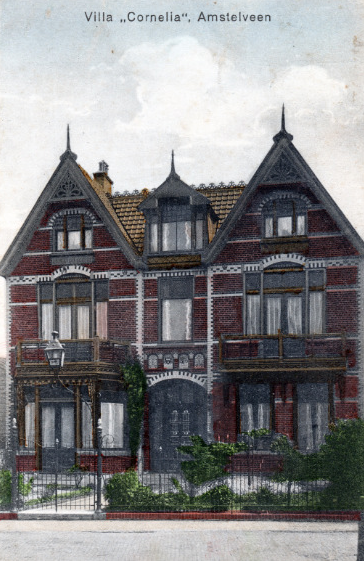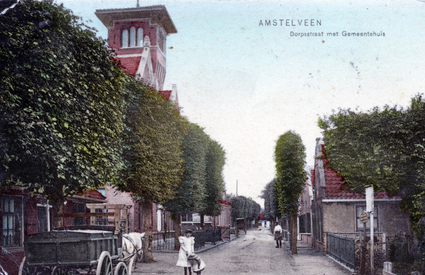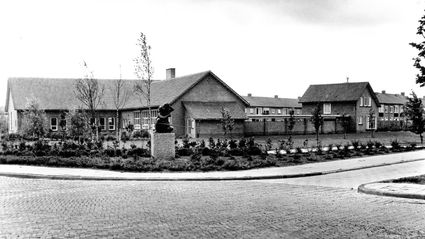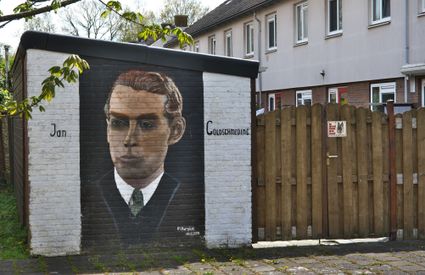Oude Dorp and Keizer Karelpark
Open the route in Google Maps
Discover the historical developments the city has undergone during this interesting walk through the Old Village and the Keizer Karelpark. This walk is perfect for anyone who wants to learn more about the city’s history.
History of Amstelveen
Originally, Amstelveen was an elongated peat area west of the Amstel River. It was an agricultural area where a lot of peat was produced. This peat was often sold to the larger municipality of Amsterdam.
In old prints, Amstelveen is easily recognized by the pointed tower of the Village Church. The church was built in the year 1568, but it is likely that a chapel had already stood there since 1319.
Village square
For centuries, the village…
Open the route in Google Maps
Discover the historical developments the city has undergone during this interesting walk through the Old Village and the Keizer Karelpark. This walk is perfect for anyone who wants to learn more about the city’s history.
History of Amstelveen
Originally, Amstelveen was an elongated peat area west of the Amstel River. It was an agricultural area where a lot of peat was produced. This peat was often sold to the larger municipality of Amsterdam.
In old prints, Amstelveen is easily recognized by the pointed tower of the Village Church. The church was built in the year 1568, but it is likely that a chapel had already stood there since 1319.
Village square
For centuries, the village square was the heart of Amstelveen. Here stood the church, with the poorhouse opposite it, where orphans and the elderly lived. The square also had a pump, a blacksmith, and a fire signal. The fire signal served as a reminder of the major disaster that struck the village in 1792.
Fire
In 1792, a fire broke out in a candle bleaching workshop—a place where candles were made. The fire spread quickly. A large part of the village burned down, but the church was spared.
A national fundraising campaign was held for the reconstruction of the village. Prints with images of the town were sold to raise money. The buildings in today's Old Village were built after the fire.
The White City
Just outside the Old Village of Amstelveen, a garden village was established in 1924. This was a sheltered neighborhood with family homes and lots of greenery. The construction companies soon went bankrupt, after which the organization De Witte Stad (The White City) took over the development. That name is still associated with the Keizer Karelpark neighborhood.
Architecture
The architecture of Keizer Karelpark is very diverse. The oldest part of the neighborhood (De Witte Stad) was built in the style of the Amsterdam School. Later, many sleek, minimalist homes with lots of high-rise buildings were added. The shopping street on Van der Hooplaan is a good example of this.
In the surrounding streets, you can see other styles, such as the organic style of the international school on Sportlaan and the Parkflat on William Boothlaan.
Sights on this route
Starting point
Amsterdamseweg
1182 amstelveen
Navigate to starting point








End point
Veenendaalplein 26A
1185 DD amstelveen
Navigate to endpoint

